Welcome back to another episode of Incredible India. In the previous episode, we talked about the last Mughal garden tomb in India,Sarfdarjang's Tomb. Whereas in this episode we will get to know about one of the oldest forts in Delhi, Purana Qila (Old Fort).

Purana Qila
Purana Qila also called the Old Fort is one of the oldest forts in Delhi. Built by Sher Shah Suri and later by Humayun. Believed to be built on the ancient city of Indraprastha, it is standing amongst wild greenery.
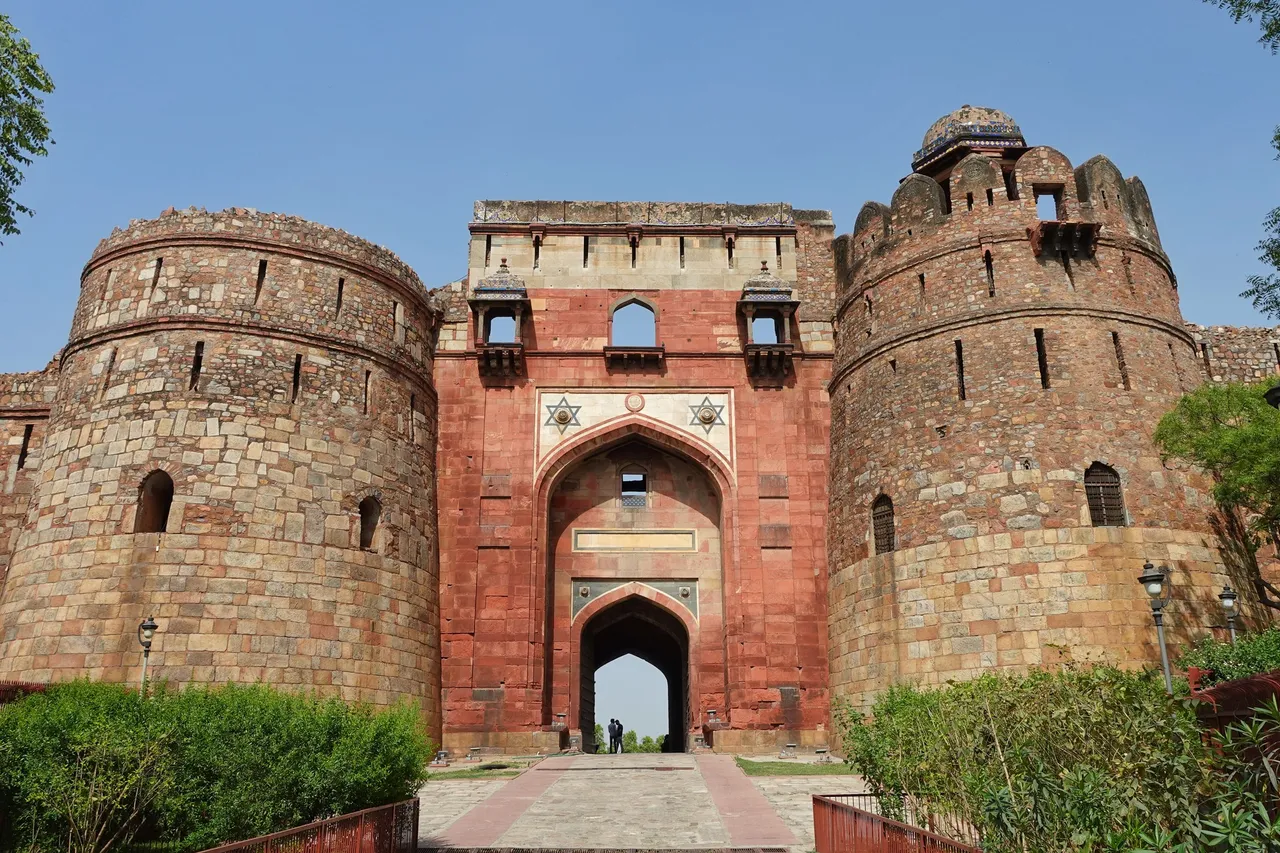
Main entrance gate to Purana Qila
It was built by Sher Shah Sur (A.D 1538-45) after demolishing the city founded by Humayun called Dinepanah in A.D. 1533.source

Talaqi Gate (northern gate)

How to reach
You can easily reach the Purana Qila, located close to the National Zoological Park in Delhi, one can take a metro to reach the Supreme Court metro station and from there you can take a private cab or auto rickshaw to reach there.
If you are coming from out of the city. You can land at the Indira Gandhi Airport (IGI) and can take a private cab from there, which will take you an hour or so. Or take the metro to reach Supreme Court station.

Architecture and Design
The walls of the fort rise to a height of 18 metres, traverse about 1.5 km, and have three arched gateways: the Bara Darwaza (Big Gate) facing west, which is still in use today; the south gate, also popularly known as the 'Humayun Gate' (probably so known because it was constructed by Humayun, or perhaps because Humayun's Tomb is visible from there); and lastly, the 'Talaqi Gate', often known as the "forbidden gate".source
Many other structures are present inside the Fort that are still standing including the Qila-i-Kuhna Mosque and Sher Mandal. Let us see some of the structures.

Bada Darwaza
The Bada Darwaza or the big gate is a triple storeyed structure, 20 meters high and has two bastions on either side of the gate. The surface of the gate has patterns engraved in sandstones and marbles with some tile works too. this is the only gate that is still in use today.

Bada Darwaza (western gate of the fort)
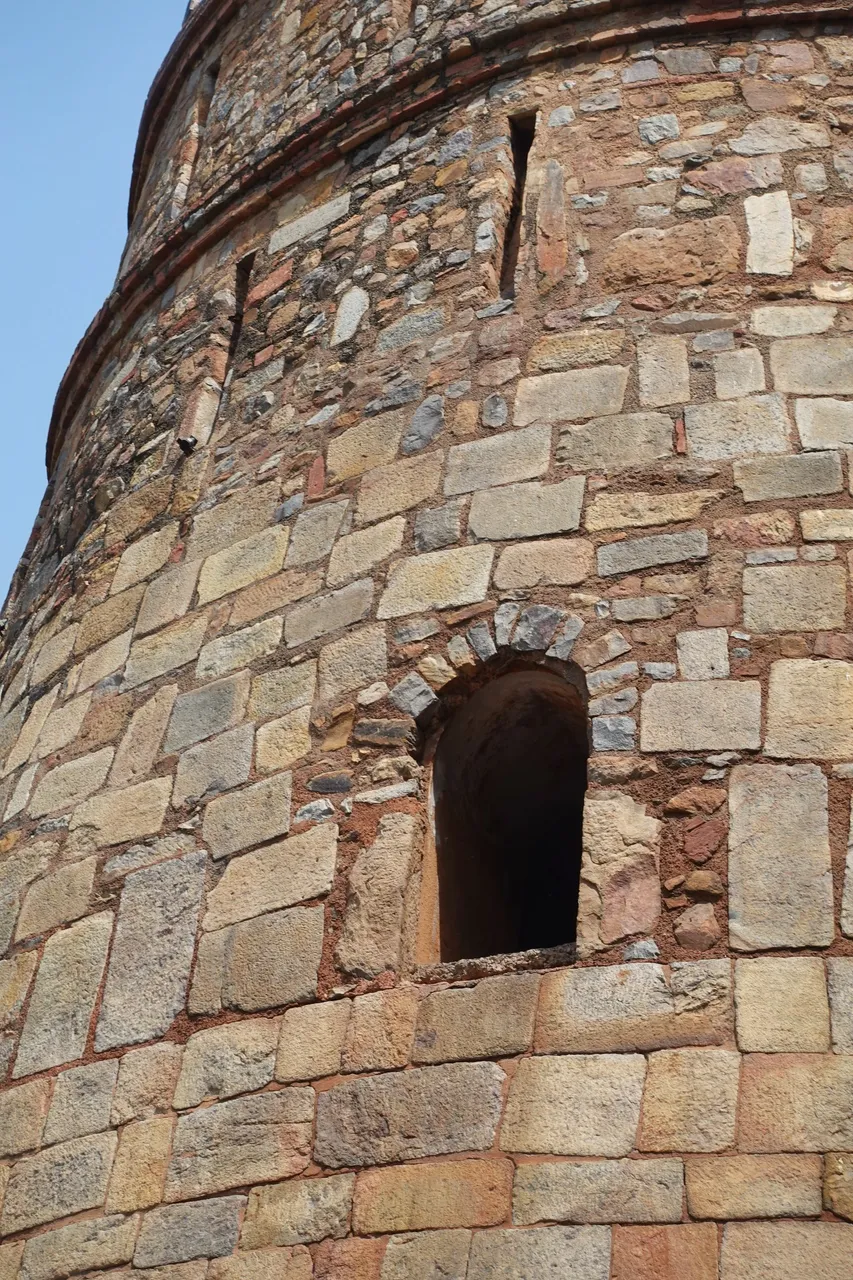
Windows and small slits were there for shooting arrows.
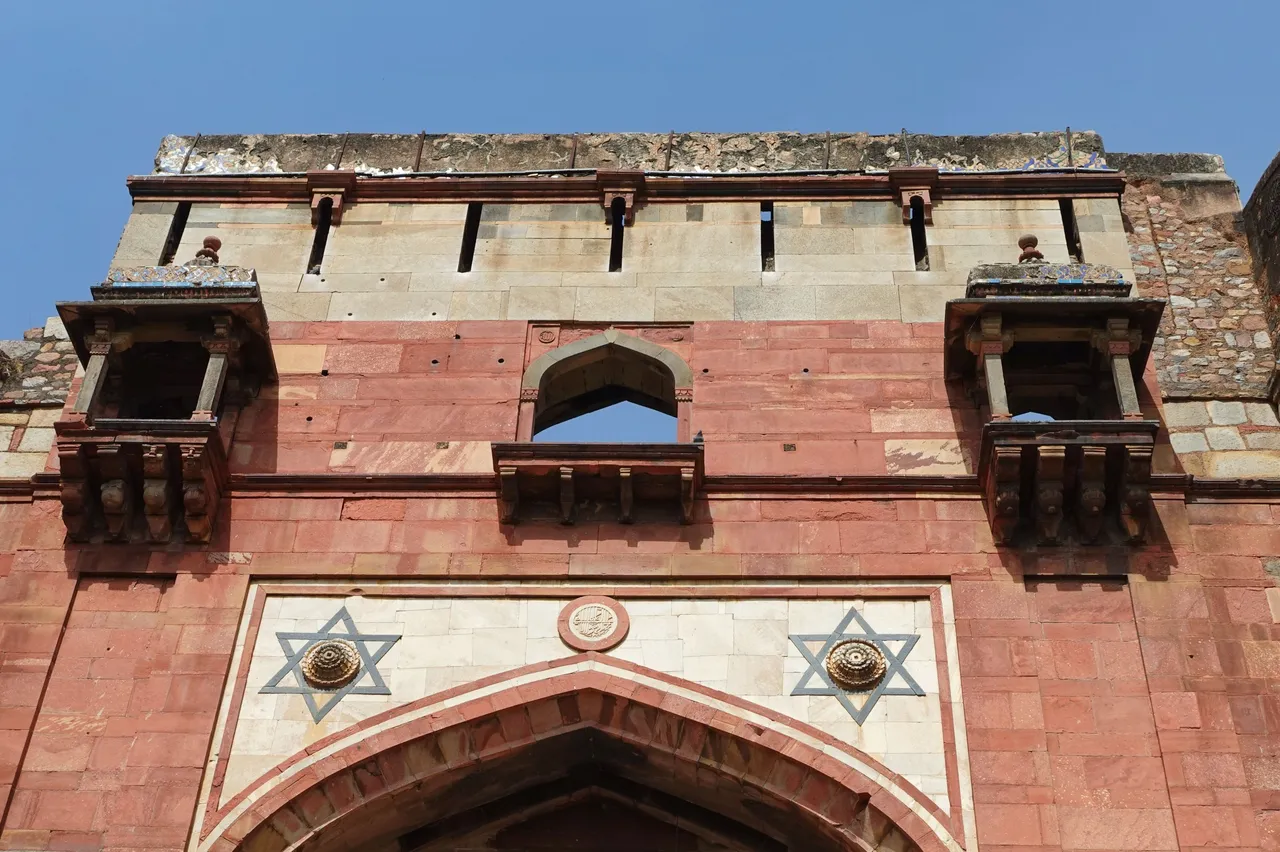

Right Bastion wall

Humayun Gate
This is the southern gate, believed to be built or revamped by Humayun.

Humayun Gate (southern gate built by Humayun)
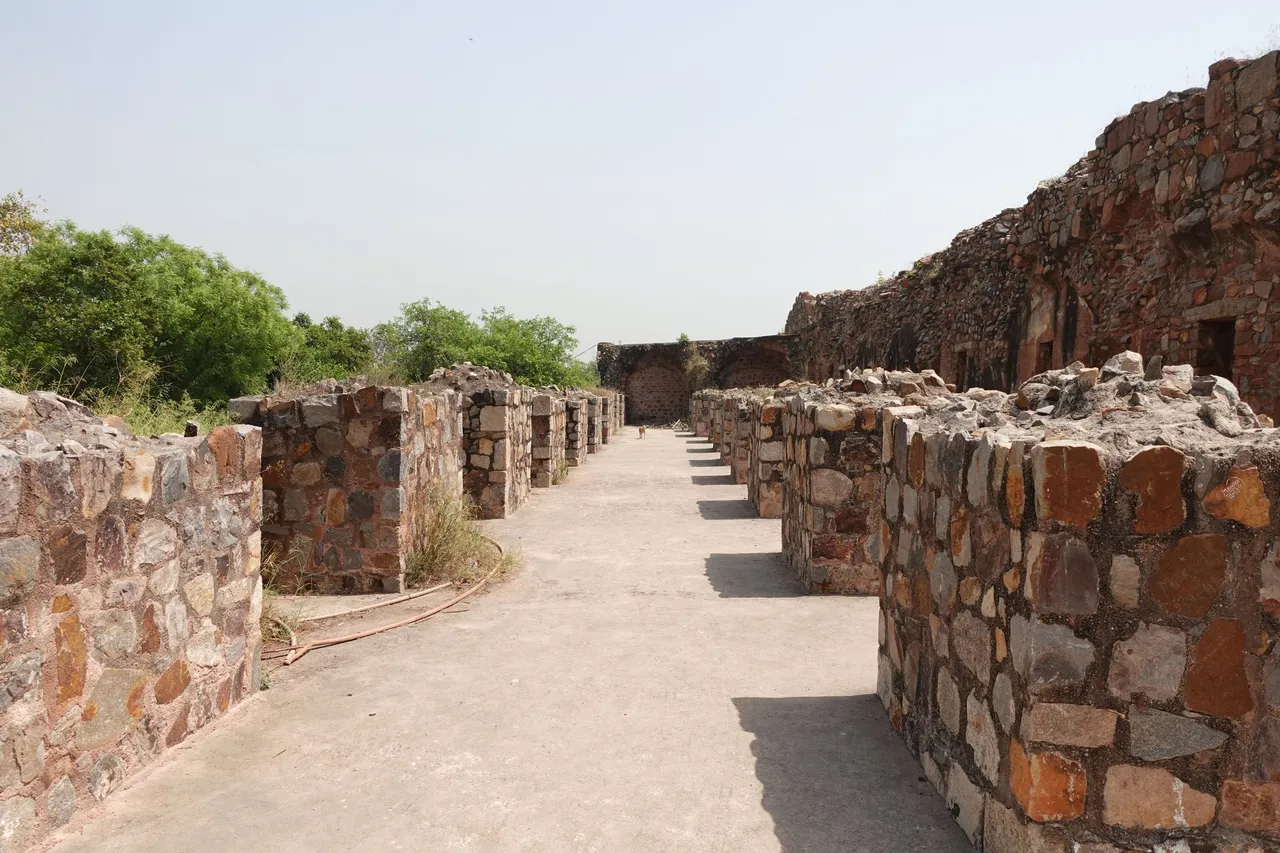
Damaged Wall along the southern gate
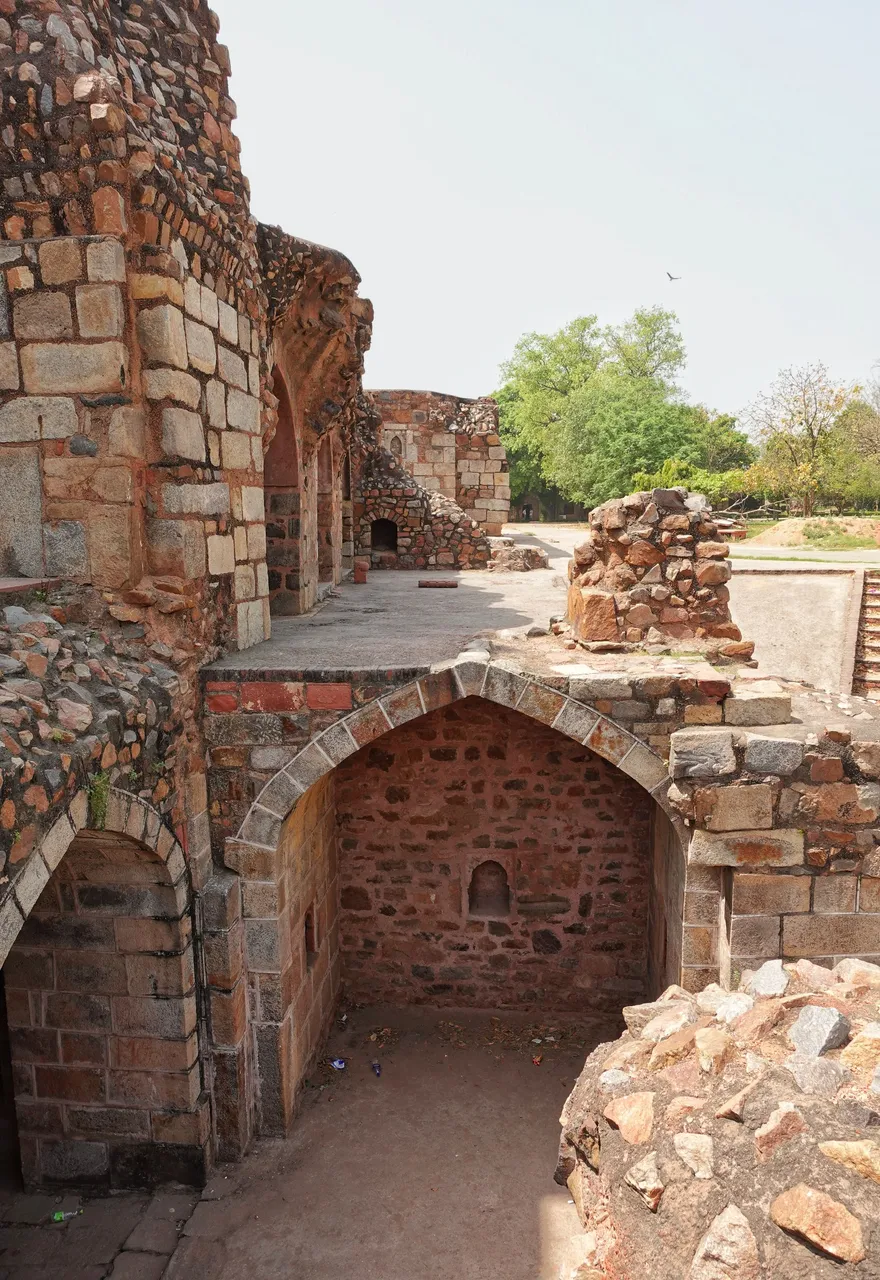
Damaged walls of Humayun's Gate
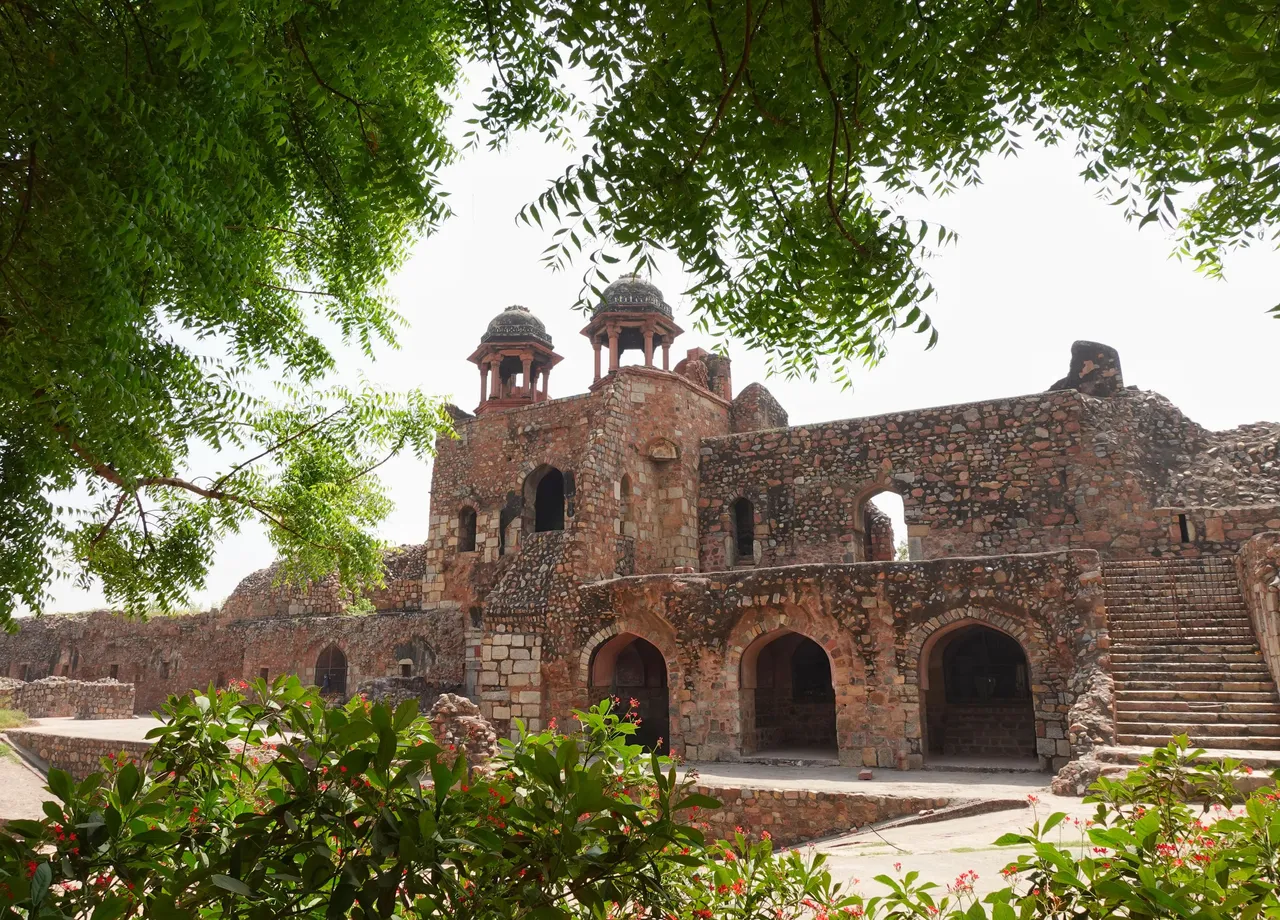
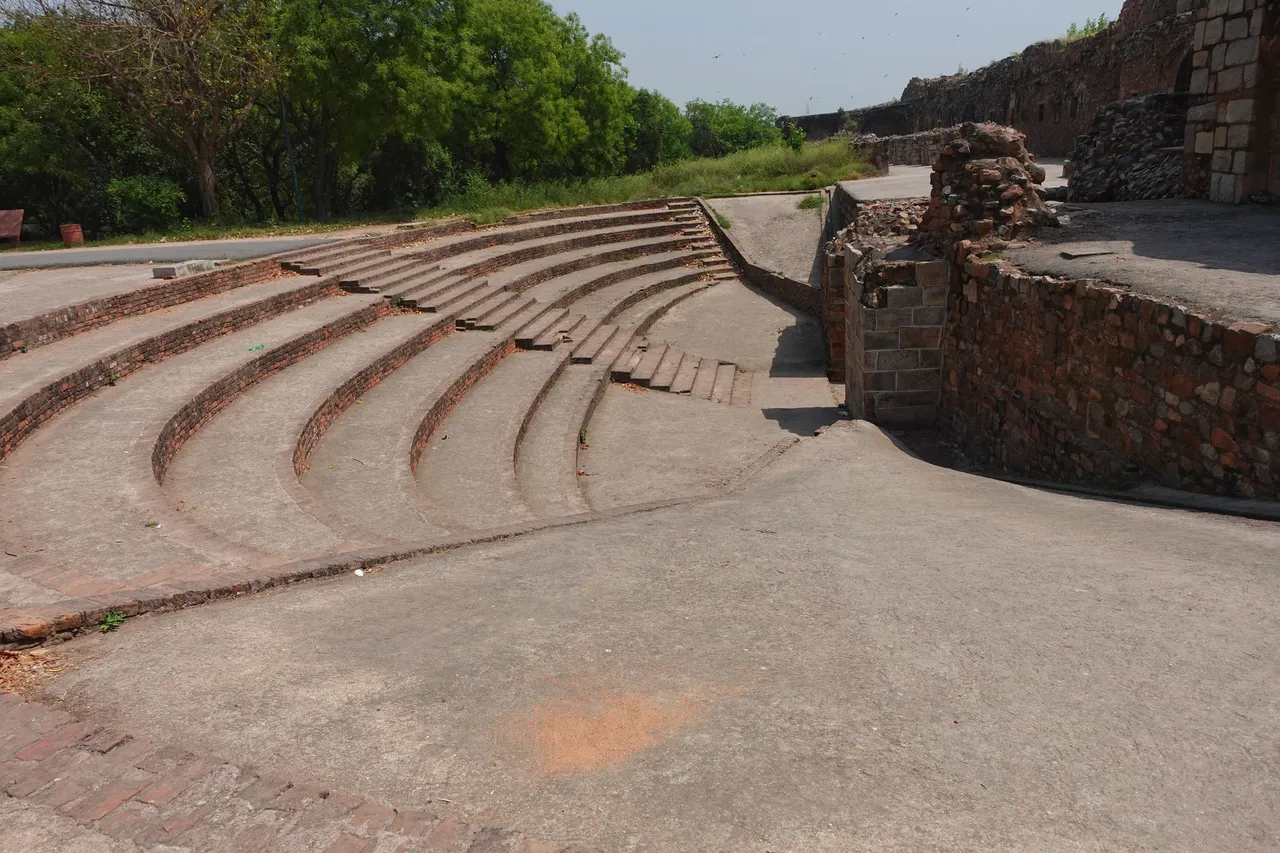
Steps leading to the gate.

Sher Mandal
Sher Mandal is an octagonal tower standing inside the fort. It was used by Humayun himself as his personal library. It is a two storied structred made from red sandstone and white marble. Coloured tiles are also used to make it look more beautiful on the outside.
It is said that Humayun stumbled on its stair and later died from that incident.
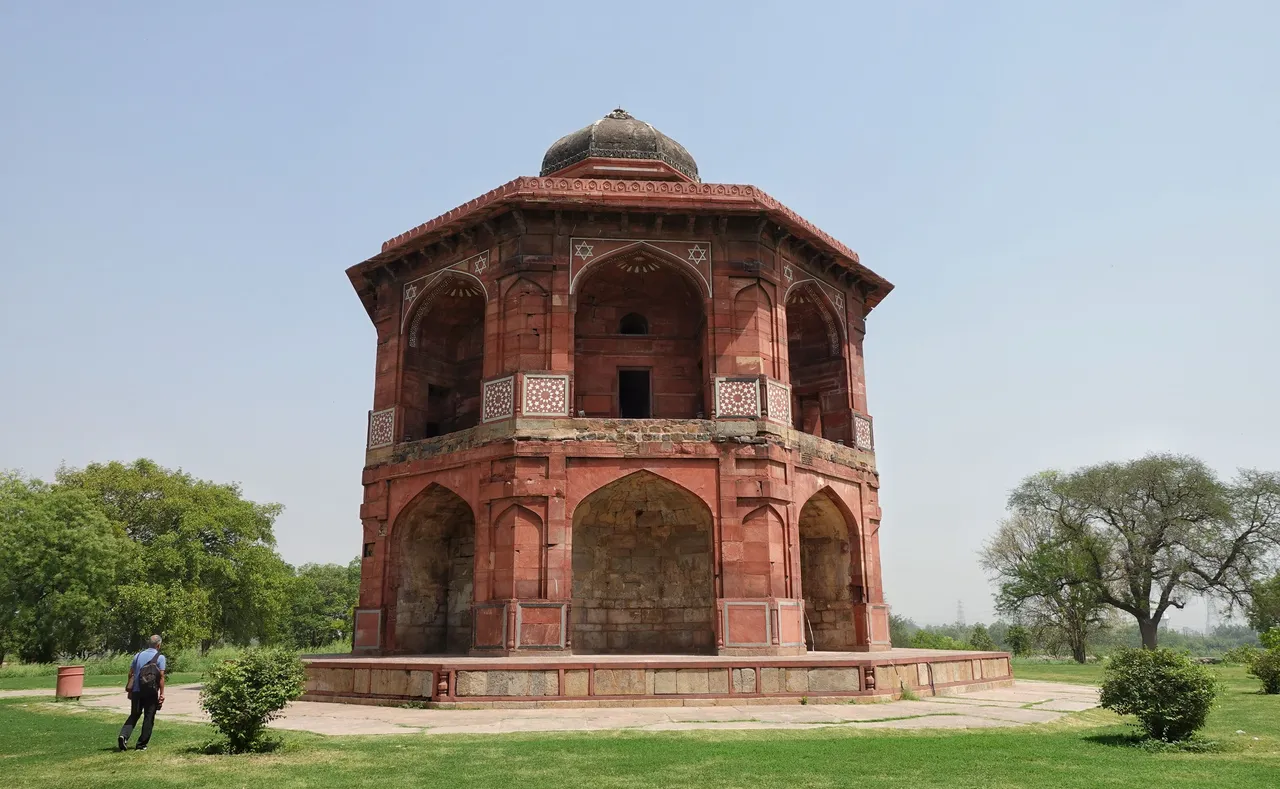
Sher Mandal (octagonal tower built by Sher Shan Sur)

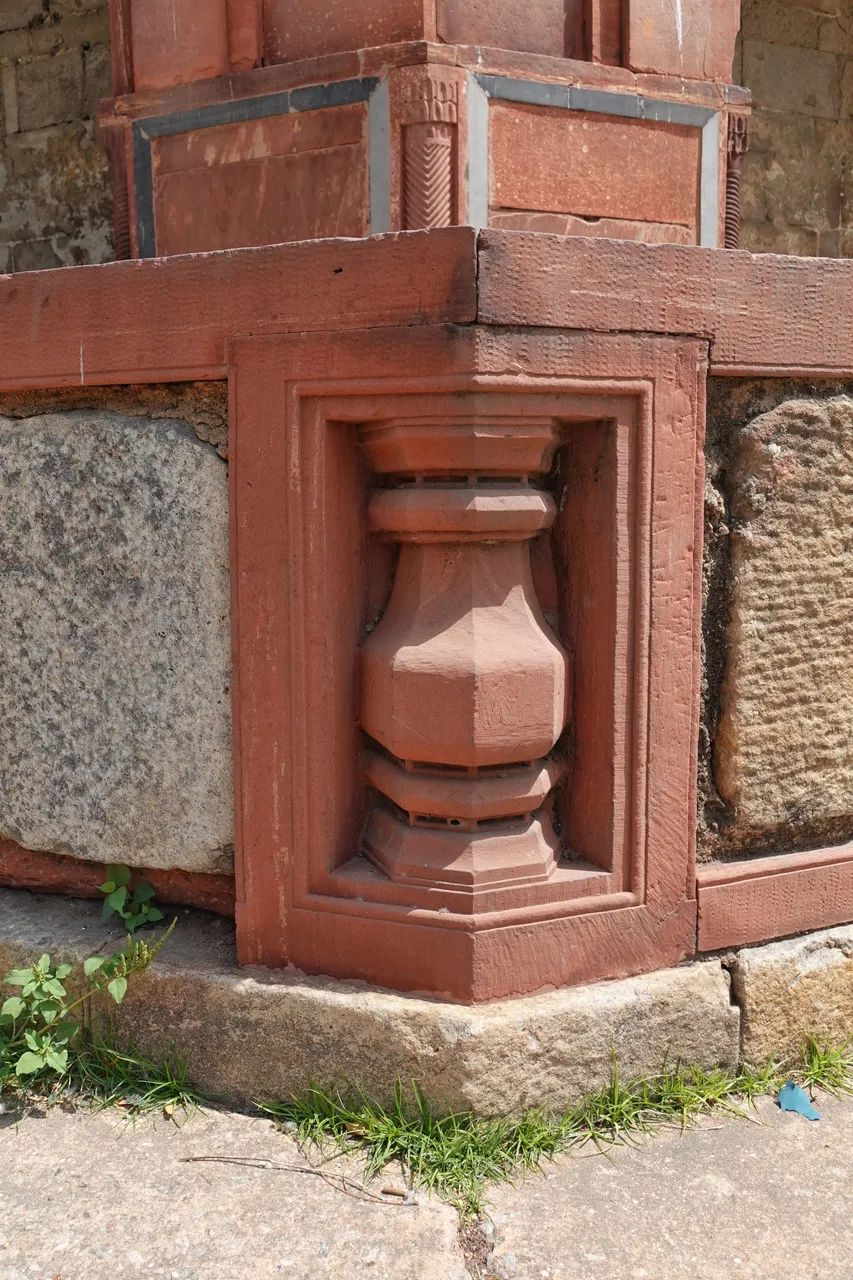

Baoli
Baoli is a stepwell that worked as a reservoir for the fort is built close to the Mosque which served as the primary source of water for the fort. There are many steps, gradually becoming narrow that lead to the water well.
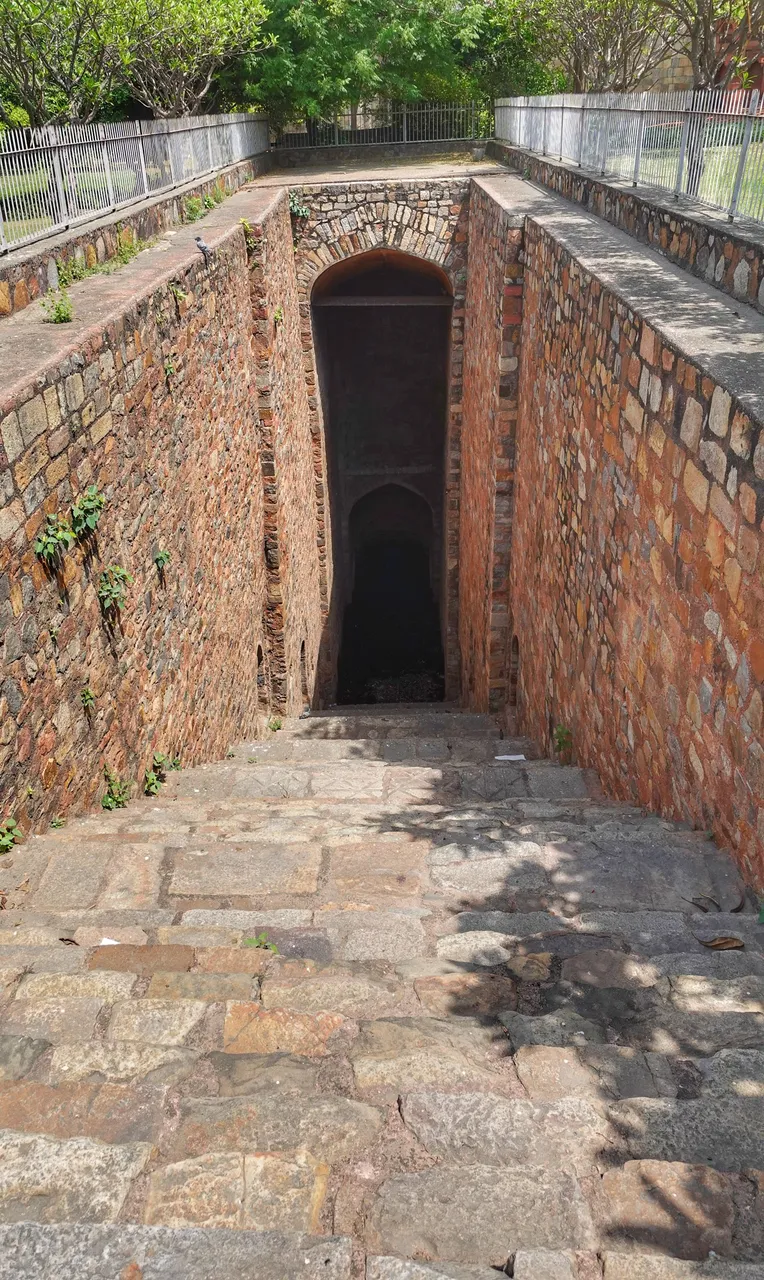
Baoli or Stepwell

Talaqi Darwaja
It is the northern gate of the fort with the central archway measuring 17 meters in height. Like other two gates, it is decorated with stone carving and tile works. Strangely the name of the gate translates to the 'forbidden gate' and no one knows why.

Talaqi Darwaja (or the forbidden gate)
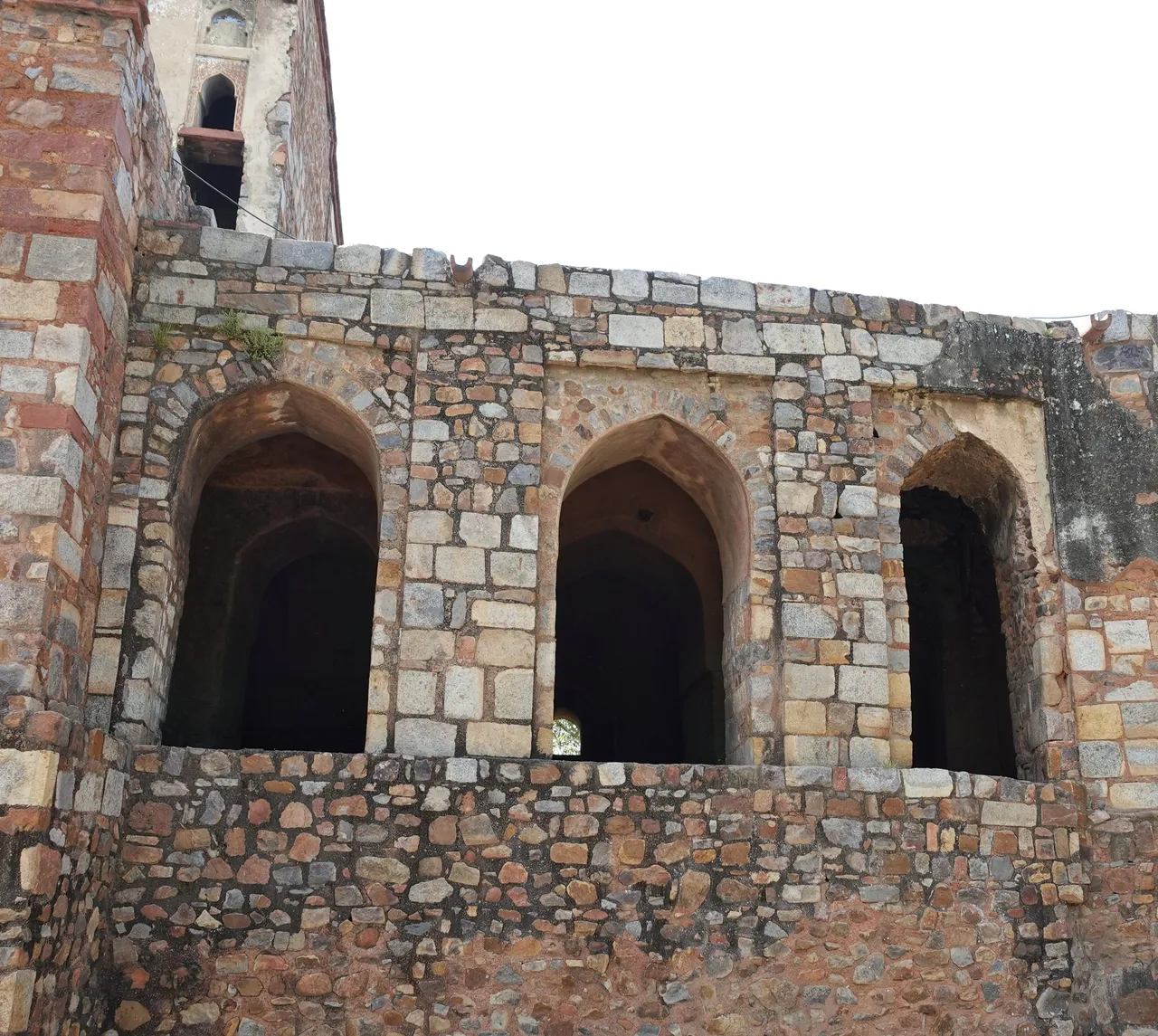
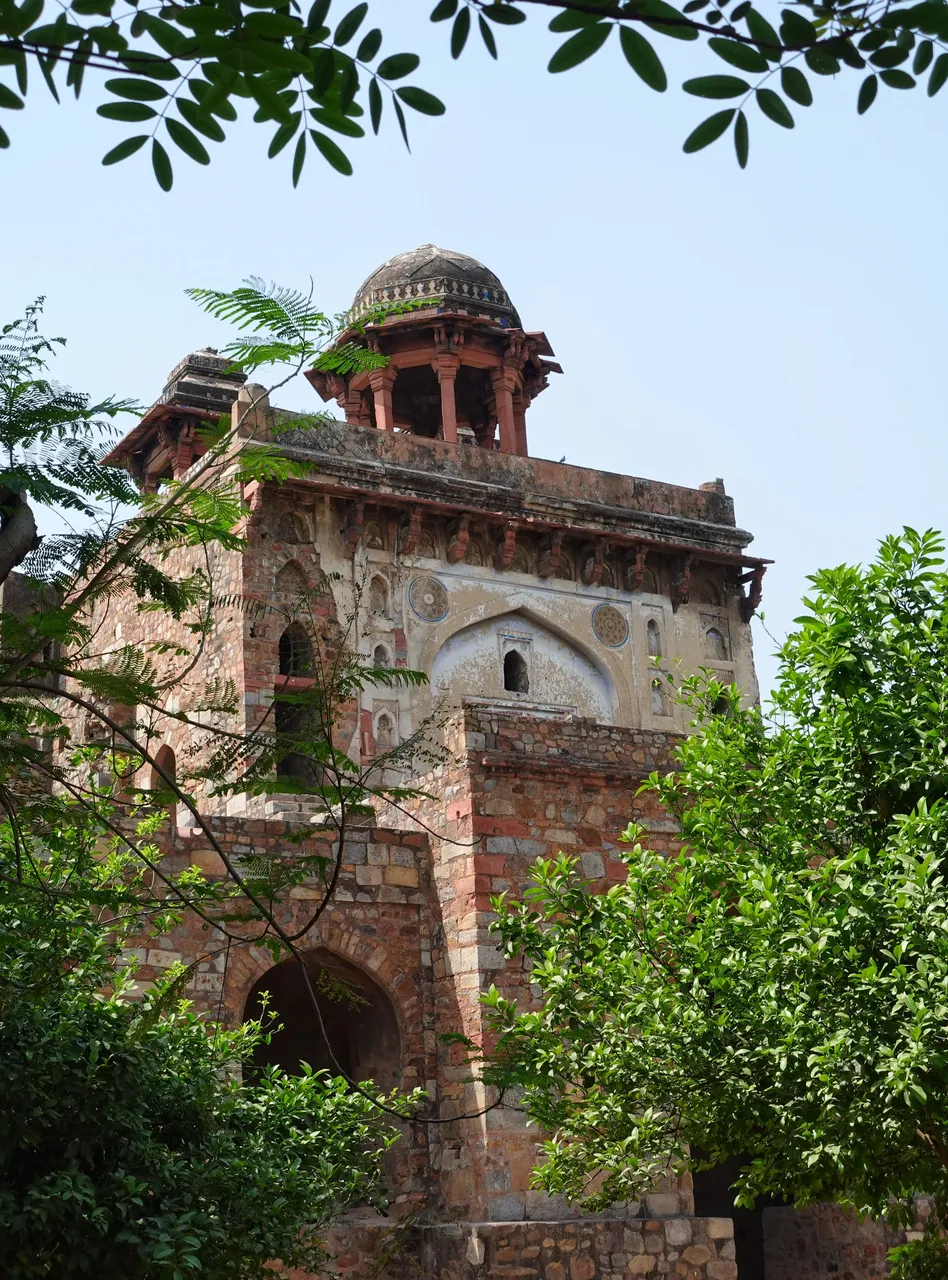

Qila-i-Kuhna Mosque
Qila-i-Kuhna Mosque is a single domed mosque built by Sher Shah Sur in 1541. It is one of the best surviving examples of pre-Mughal era architecture. This mosque blends Indo-Islamic architecture in a beautiful way. Clearly the centrepiece of attraction of the fort. This requires it's own post to talk about it's importance and how it tries to create a bond between Hindu and Muslim culture by using many Hindu motifs throughtout the mosque.

Qila-i-Kuhna Mosque (design inspired from Jama Masjid)
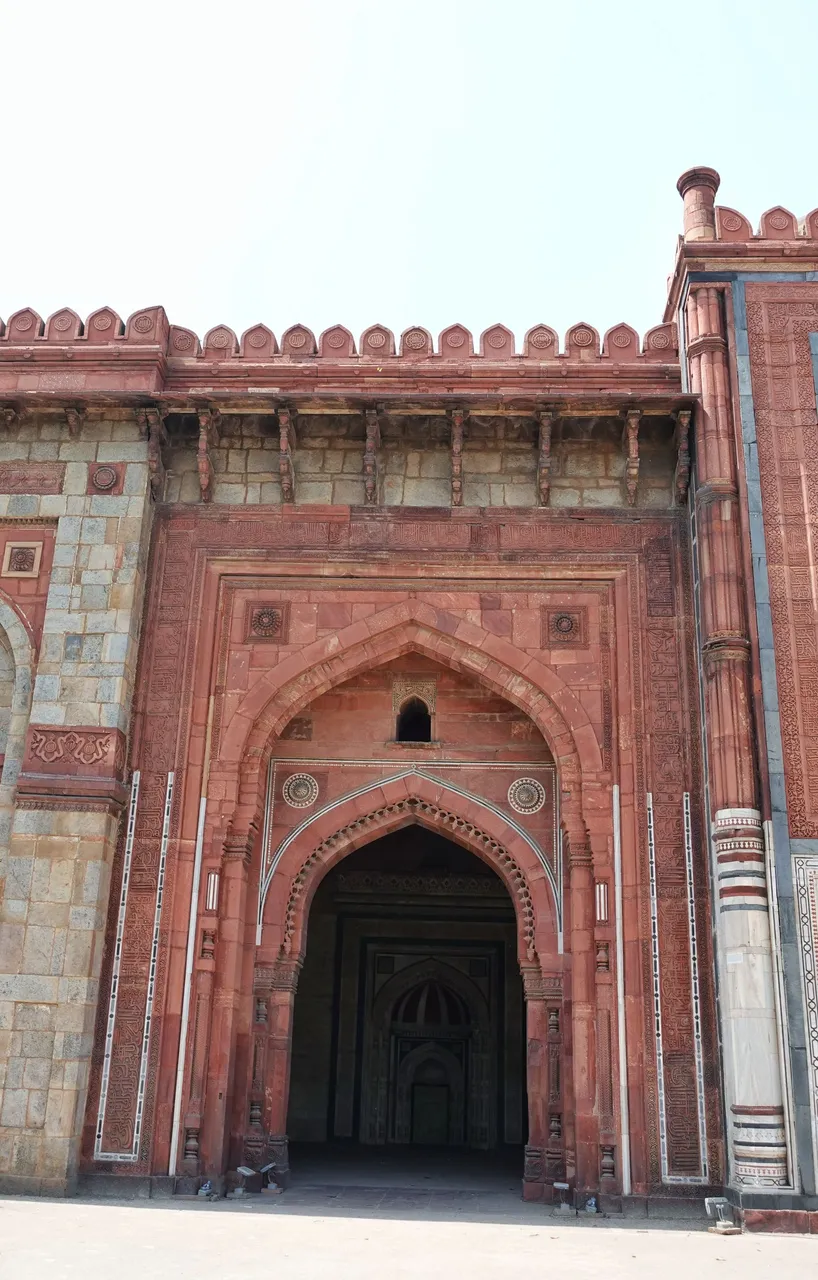
Arched gateways decorations includes red sandstones, white marbles and tile works
A narrow curved staircase in the corner leads to the second story of the Mosque.
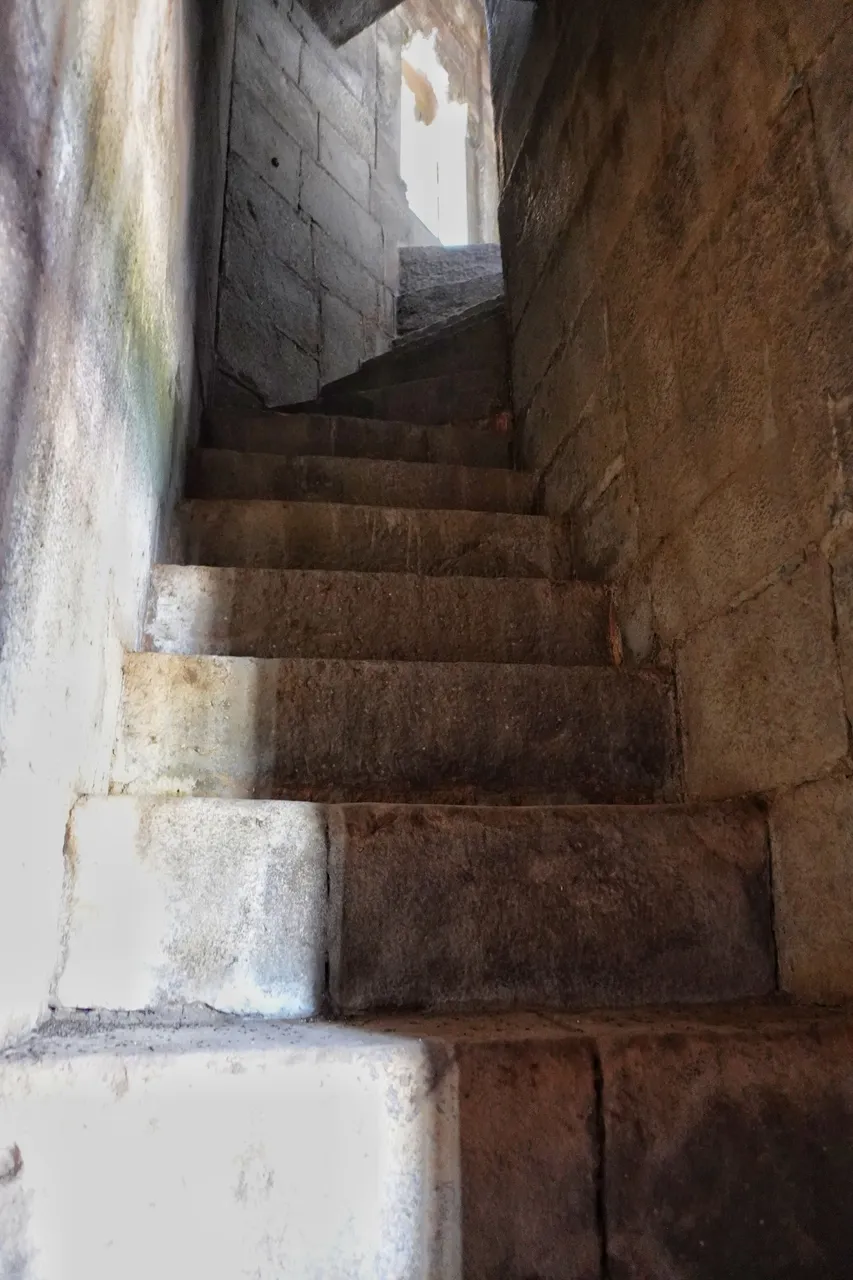
Staircase to the second storey of the Mosque
Many underground gateways can be seen in the fort which is now inaccessible for visitors.

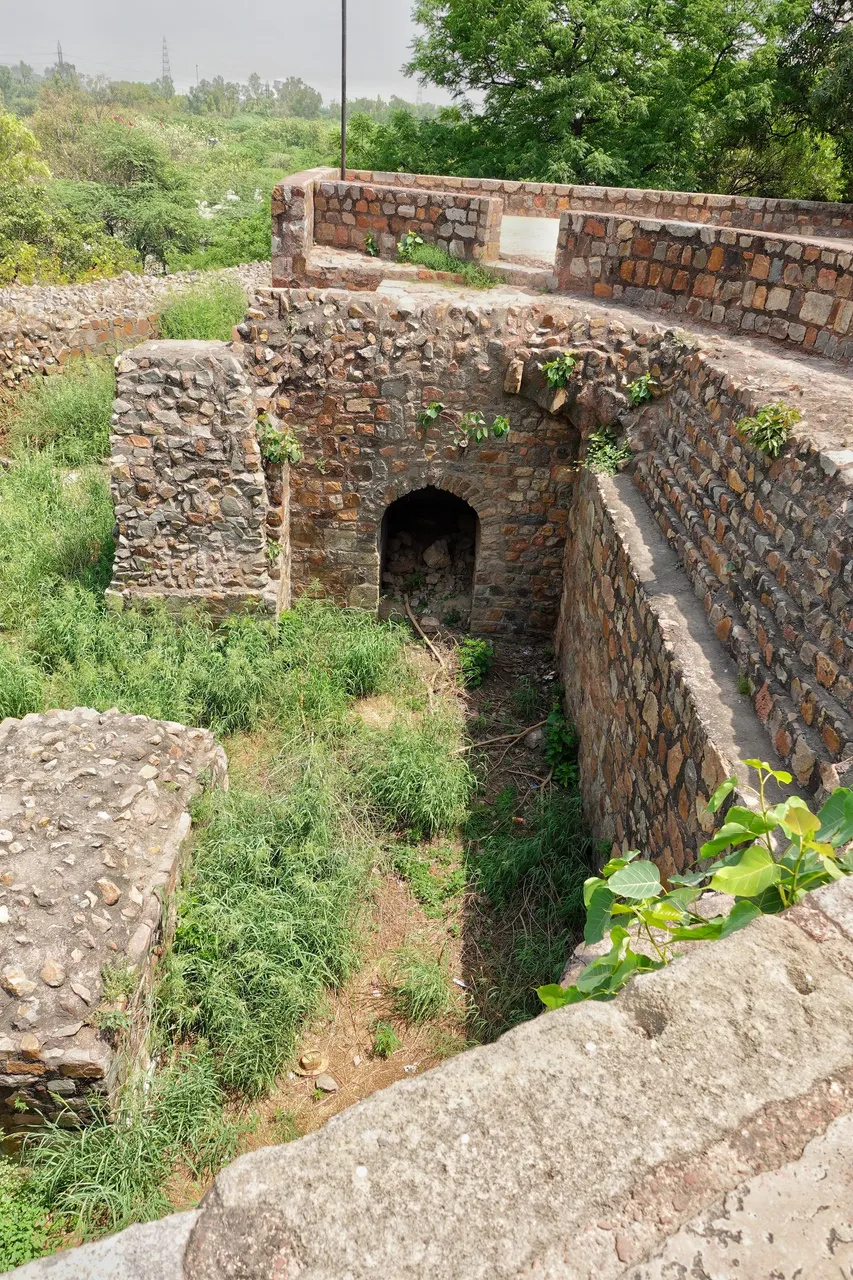
Blocked underground tunnel
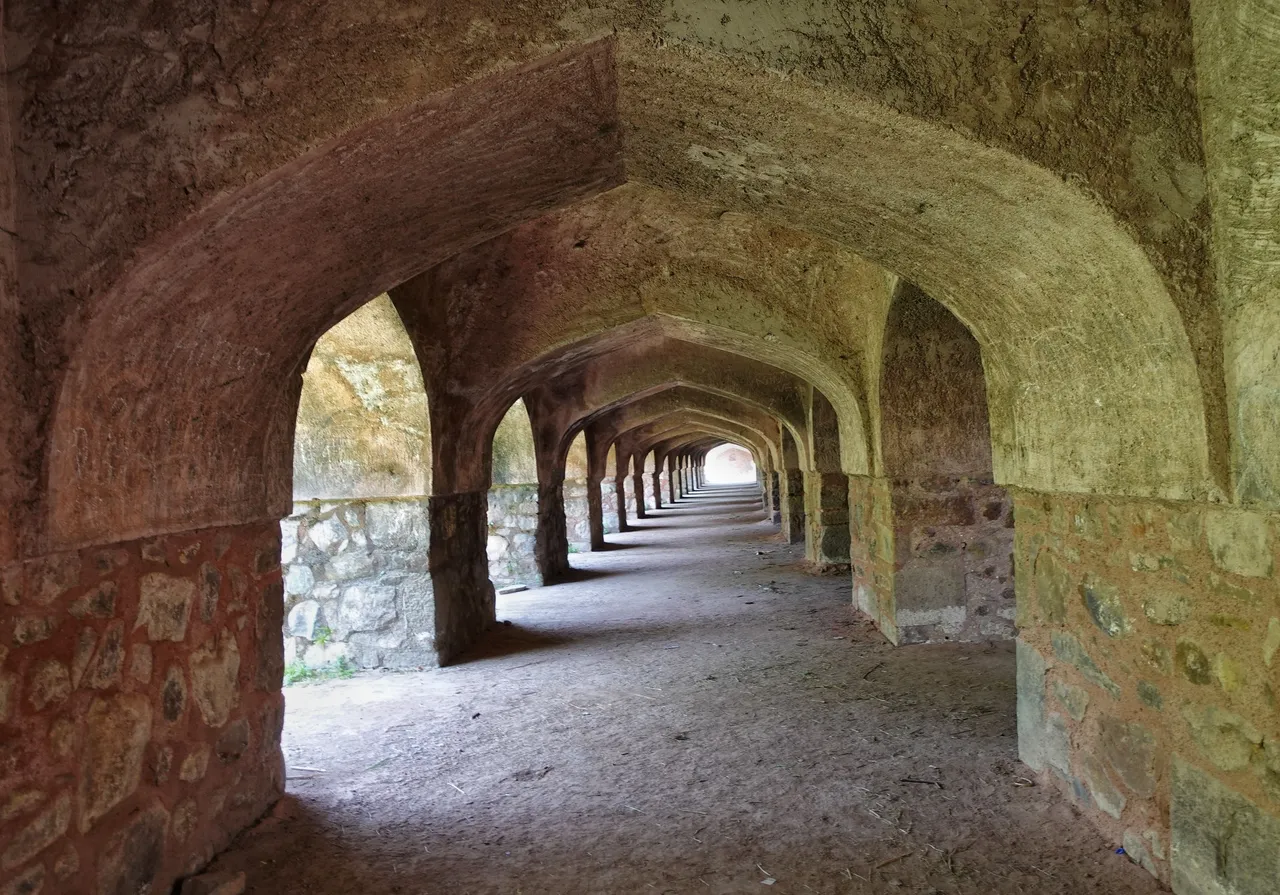
Arched walkways along the walls of the fort
All the empty spaces inside the fort walls are just green wild grasses or well-maintained gardens.
There is also an Archeological museum inside the fort, just right to the main gate, that displays some of the findings from the Archeological Survey of India (ASI) during the three evacuations that were done in and around the site. Some of the findings were as old as 1000 BC.
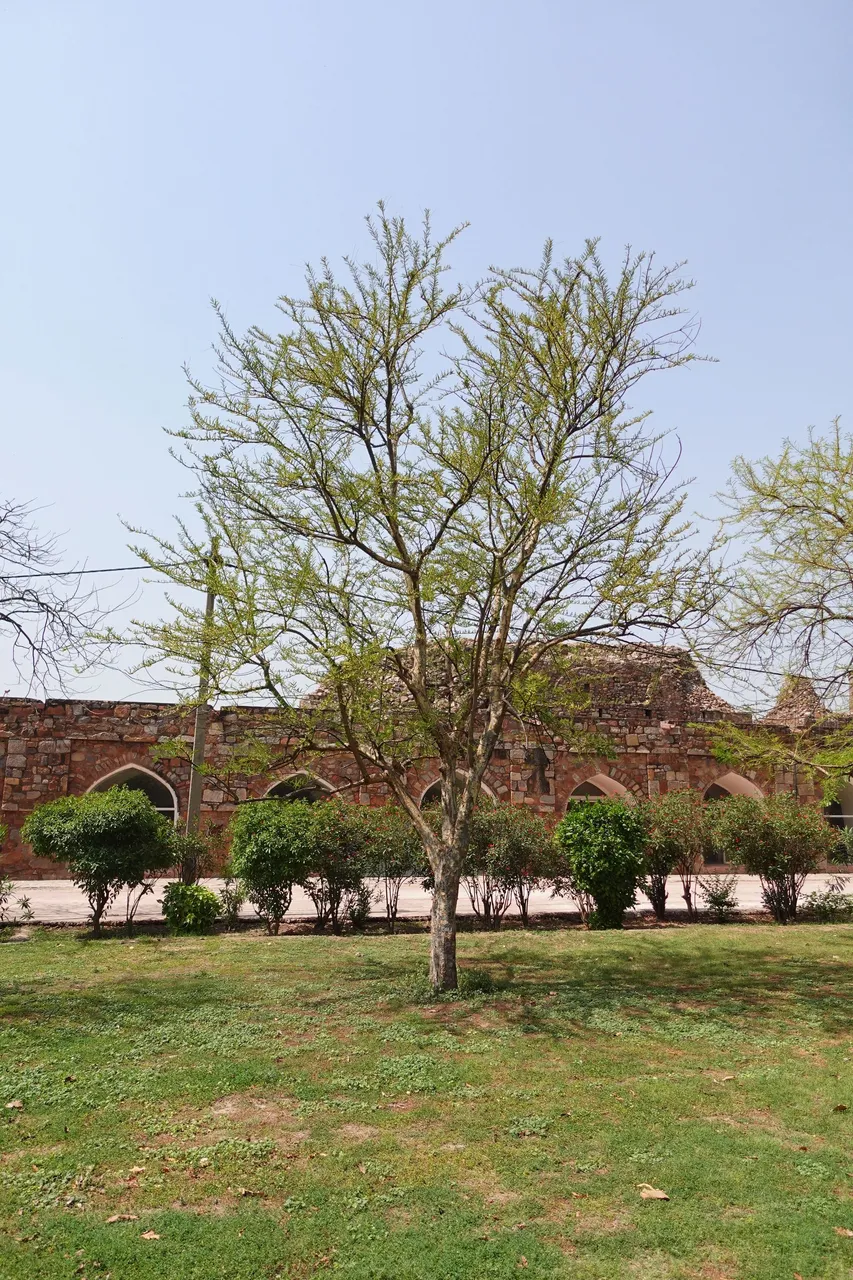
Let me know what are your thoughts about the place. Would you like to visit this place when/if you come to Delhi? Constructive criticism is always appreciated. Thanks for reading.
Namaste 🙏
Stay tuned for more episodes...

Previous Episodes
Ep - #2. Living Root Bridges of Meghalaya

Note:
- All the content is mine unless otherwise stated.
- Photos taken from Sony Zv1 camera.
- Text dividers are from @cryptosharan.

I am part of these awesome communities/servers on hive. Feel free to join.


Click on the banner to join

 Click on the banner to join
Click on the banner to join
